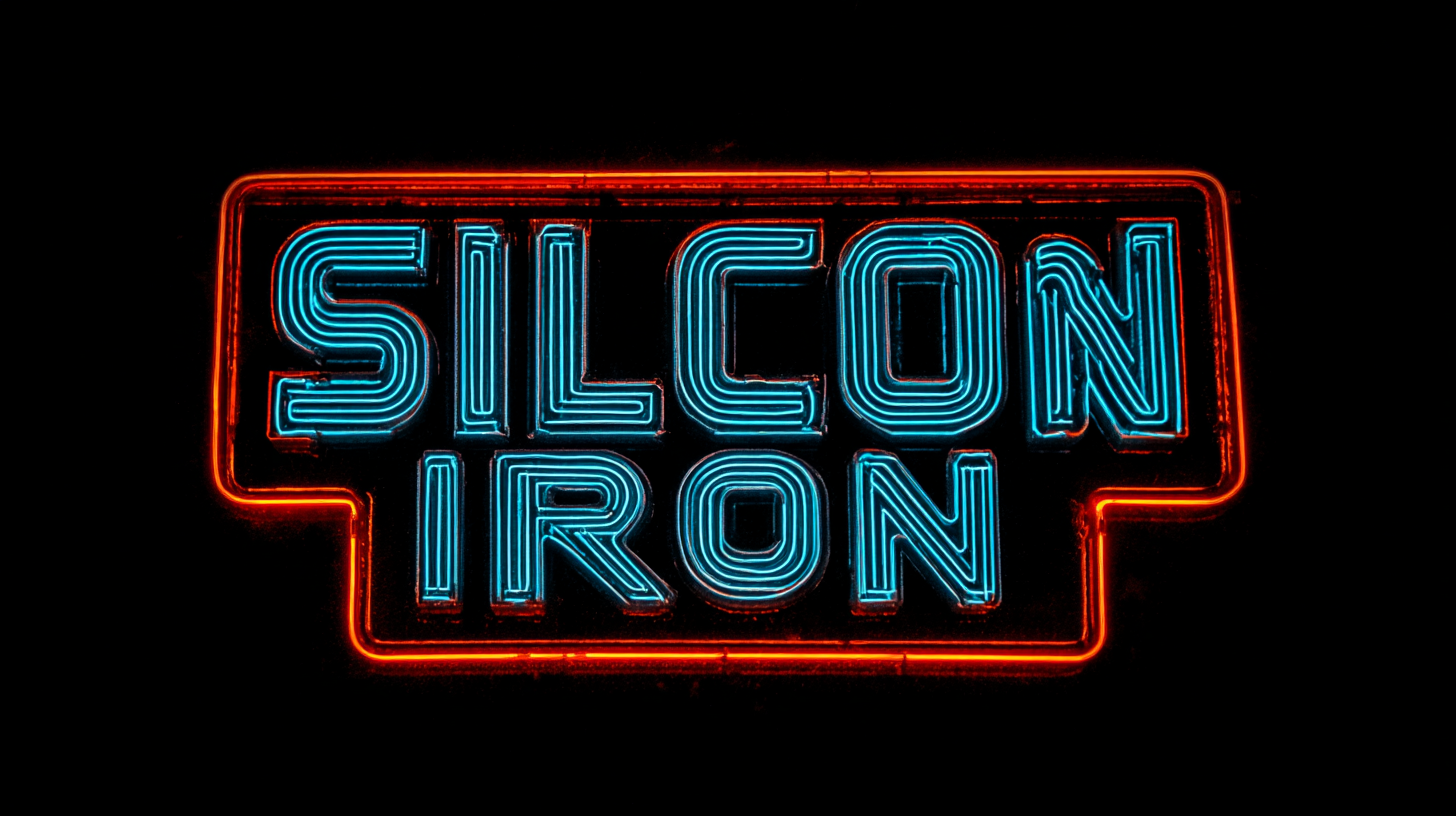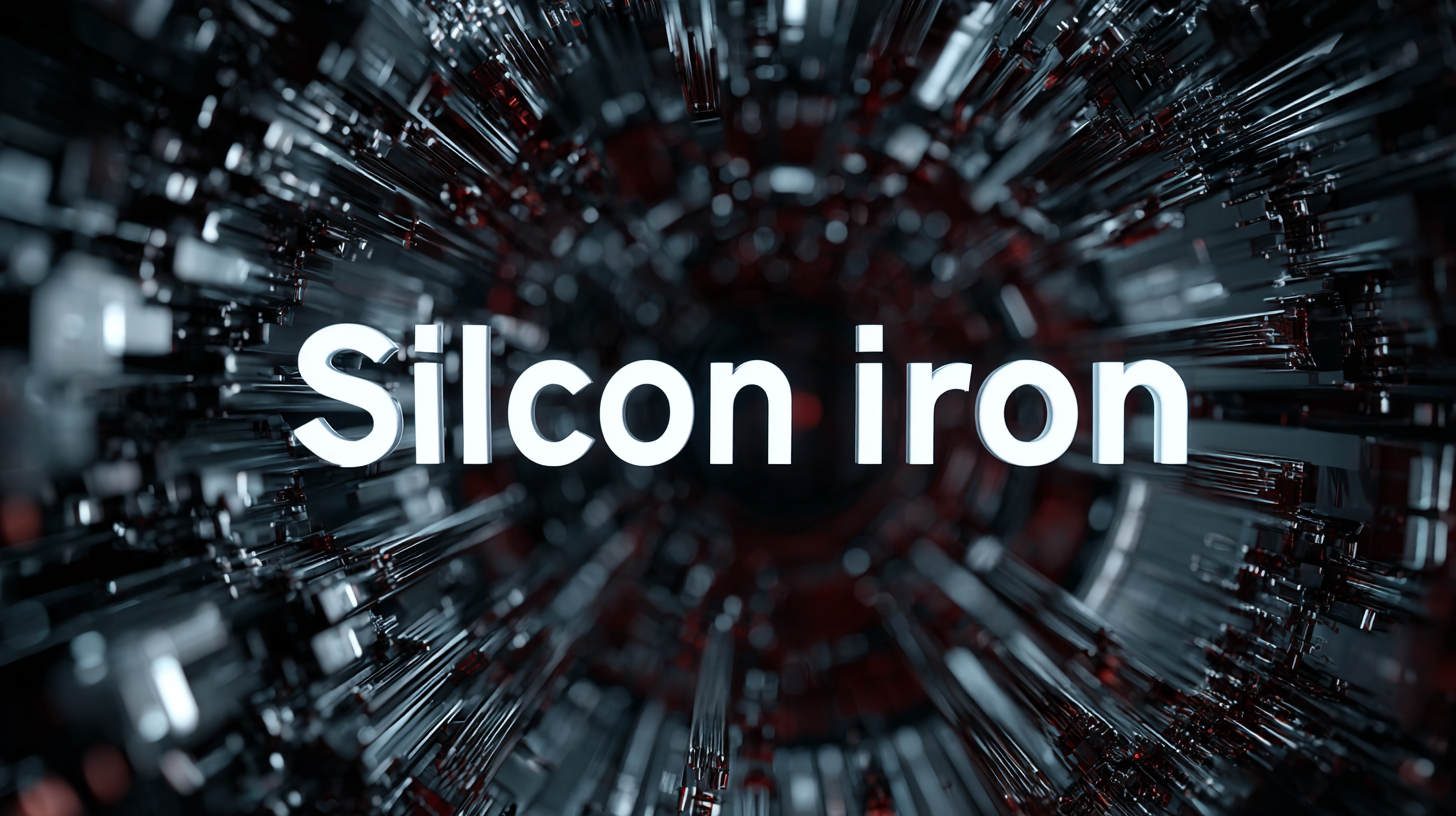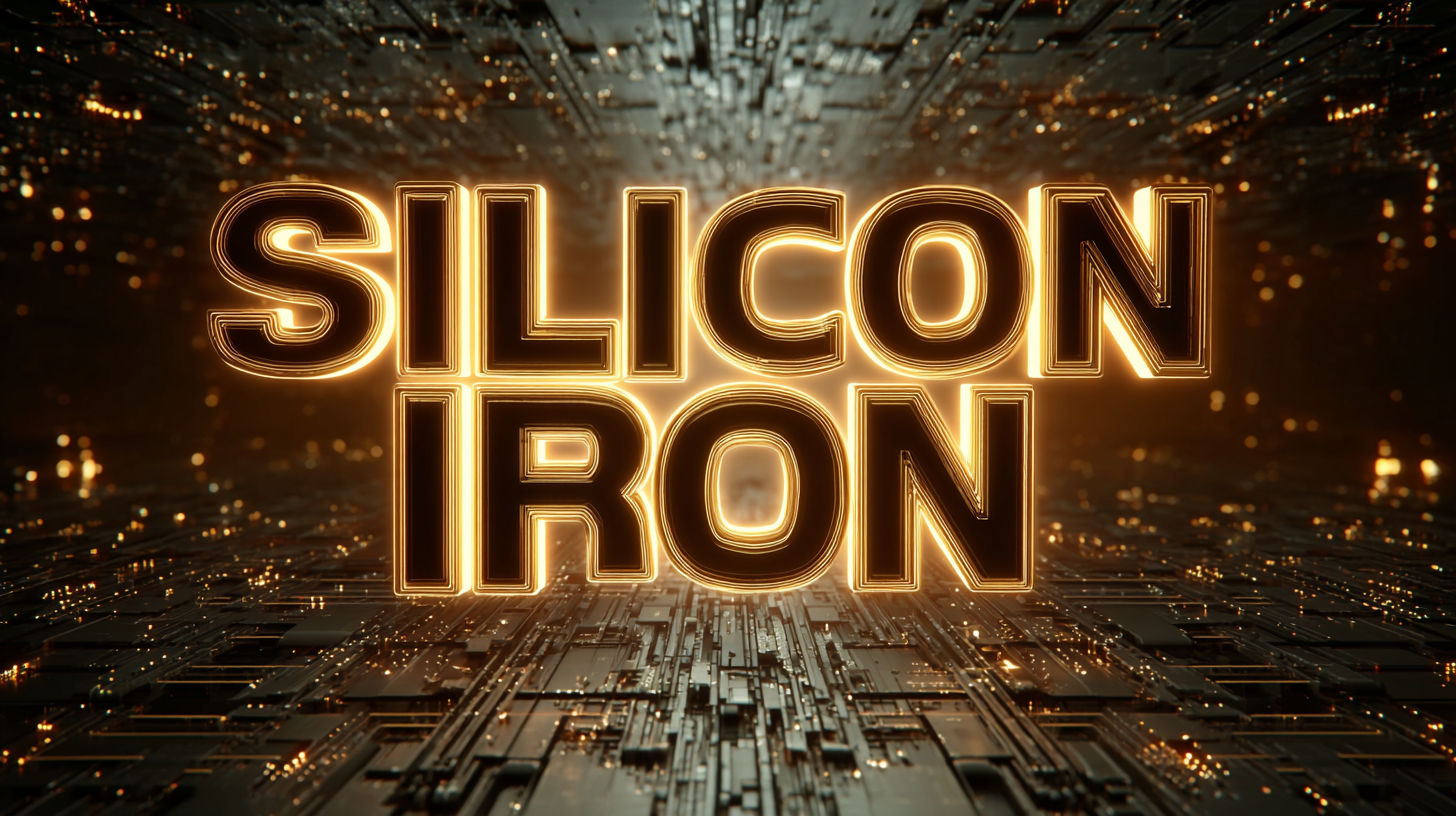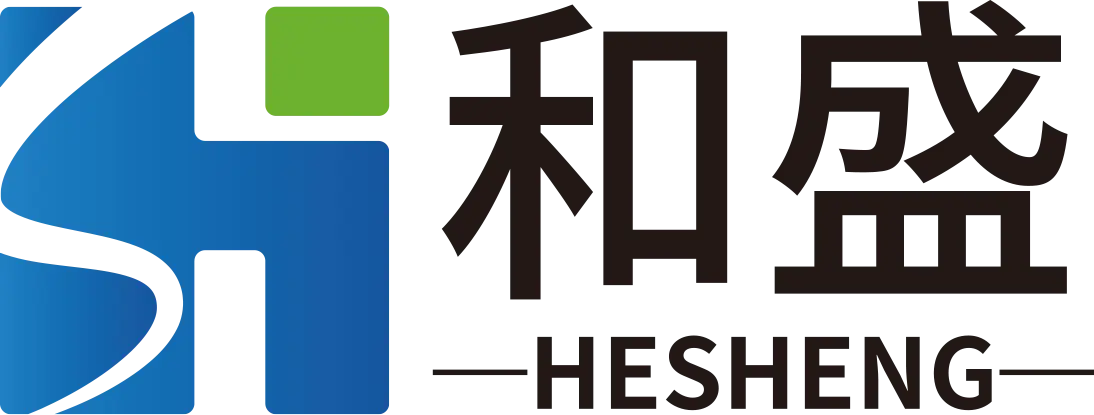Leave Your Message
Choosing the right type of Silicon Iron is crucial in today's industrial landscape, where precision and efficiency are paramount. Silicon Iron, known for its magnetic properties and resistance to corrosion, plays a vital role in various applications such as transformers, electrical motors, and various other electromagnetic devices. However, the extensive variety of options available can make the selection process challenging. Different grades and formulations of Silicon Iron offer distinct advantages and disadvantages, and understanding these nuances is essential for making an informed decision.

In this blog, we will explore the top strategies for navigating the complexities of Silicon Iron selection, helping you identify the most suitable type for your specific needs while maximizing performance and cost-effectiveness. Whether you're involved in manufacturing, engineering, or design, these insights will guide you in overcoming the challenges of choosing the right Silicon Iron for your projects.
When navigating the complexities of the silicon iron market in 2025, several key factors play a crucial role in selecting the right type. One primary consideration is the intended application of the silicon iron, as different grades possess unique magnetic and mechanical properties that can significantly impact performance. Additionally, fluctuations in raw material prices and supply chain stability will influence the availability and cost-effectiveness of various silicon iron types.
Tip: Evaluate the specific requirements of your application before making a decision. Understanding the magnetic characteristics you need can help you narrow down your options effectively.
Another important factor is the environmental regulations that may affect the manufacturing process of silicon iron. As industries become increasingly eco-conscious, selecting a type that complies with these regulations not only ensures sustainability but can also enhance your brand's reputation in the market.
Tip: Stay informed about industry trends and regulatory changes that could influence your choices. Regularly consult with suppliers and industry reports to anticipate shifts in the market.

Choosing the right type of silicon iron is critical for various industrial applications, yet it comes with its own set of challenges. In this comparative analysis, we explore the strengths and weaknesses of different types of silicon iron. For instance, high-silicon iron is renowned for its exceptional resistance to corrosion and improved magnetic properties, making it ideal for electrical applications. However, its brittleness can be a significant drawback in high-stress environments.
When selecting silicon iron, it's essential to consider the specific requirements of your application. Tips to keep in mind include assessing the operational environment and stress factors that the material will face. For example, if your application involves extreme temperatures or aggressive chemicals, opting for silicon iron with higher silicon content may provide better longevity. Additionally, conducting a cost-benefit analysis can help determine whether the additional investment in a specific type of silicon iron is justified by its performance advantages.
Another crucial aspect to evaluate is the machining capabilities of the silicon iron type. Certain grades offer excellent machinability, allowing for easier shaping and finishing processes. Always consult with material specialists to understand which type of silicon iron aligns best with your processing methods and end-use requirements.
As industries advance towards 2025, the usage of silicon iron is expected to evolve significantly, influenced by emerging trends and technological innovations. This shift is propelled by the growing demand for energy-efficient solutions across various sectors. Silicon iron is increasingly being recognized for its superior magnetic properties, making it ideal for applications in electrical engineering, automotive, and renewable energy industries. Incorporating silicon iron can lead to enhanced performance in energy storage systems and electric vehicles, addressing the sustainability challenge faced by modern enterprises.
**Tips for Choosing Silicon Iron:**
When selecting silicon iron for your projects, consider the specific magnetic performance required for your application. Different grades of silicon iron offer varied levels of permeability and saturation, impacting efficiency. Additionally, assess the processing capabilities of your suppliers to ensure they can meet your production needs without compromising quality.
To stay ahead, keep an eye on startups revolutionizing the silicon iron market. Many of these emerging companies are focusing on innovative methods to optimize manufacturing processes and reduce costs, which can significantly influence your business strategies and supply chain decisions. Embracing these trends can lead to not only technical advantages but also a sustainable competitive edge in your industry.

When selecting the appropriate type of silicon iron, it's essential to consider real-world applications that demonstrate its unique benefits. For instance, in the automotive industry, silicon iron is a critical component in electric motors and transformers. According to a report by the International Energy Agency, the demand for silicon steel in electric vehicles (EVs) is projected to rise significantly, with a market growth rate of 10-12% annually. Different silicon iron grades, such as 3% and 6.5% silicon content, are employed based on their magnetic properties, affecting efficiency during energy conversion.
Another notable application of silicon iron can be observed in renewable energy systems. The use of high-silicon iron in wind turbine generators has proven to enhance performance and reliability under varying environmental conditions. A study from the Journal of Materials Science indicated that silicon iron with a higher silicon content provides lower eddy current losses, thus improving overall efficiency by up to 15%. By embracing the right types of silicon iron, manufacturers can optimize their systems, ensuring better energy output and sustainability.
| Silicon Iron Type | Magnetic Properties | Electrical Conductivity (S/m) | Applications | Challenges in Use |
|---|---|---|---|---|
| Grain-Oriented Silicon Steel | High permeability | 10-20 S/m | Transformers, motors | Cost and manufacturing complexity |
| Non-Grain-Oriented Silicon Steel | Moderate permeability | 5-15 S/m | Motors, generators | Lower efficiency at high frequencies |
| Amorphous Silicon Steel | Very high permeability | 20-30 S/m | High-efficiency transformers | Fragility and handling difficulties |
| Electrical Steel | High saturation flux density | 10-18 S/m | Transformers, inductors | Sensitivity to mechanical stress |
The future market projections for silicon iron highlight a landscape filled with both opportunities and challenges. As industries evolve and the demand for silicon-based materials grows, understanding these dynamics is crucial. Recent reports indicate that while silicon metal prices in Germany remained stable in late October, significant fluctuations in demand are creating uncertainty. This mixed demand—driven by varying requirements across sectors like automotive and electronics—suggests that while there is potential for growth, manufacturers must navigate these complexities to meet market needs efficiently.
Additionally, the ongoing decline in silicon metal prices, as noted by SMM’s analysis, poses a challenge for producers. From February to early March, prices saw a notable drop, with above-standard #553 silicon decreasing by 250 yuan/mt month-on-month. This trend reflects broader industry challenges, including rising competition and changing technological requirements. As the mining sector expands and seeks to meet increasing global needs, the adaptability of silicon iron suppliers becomes paramount. Companies must not only invest in innovative production methods but also in sustainable practices to thrive in a rapidly evolving marketplace.
This chart illustrates the projected growth in demand for silicon iron, highlighting the potential opportunities and challenges in the market from 2023 to 2028.
